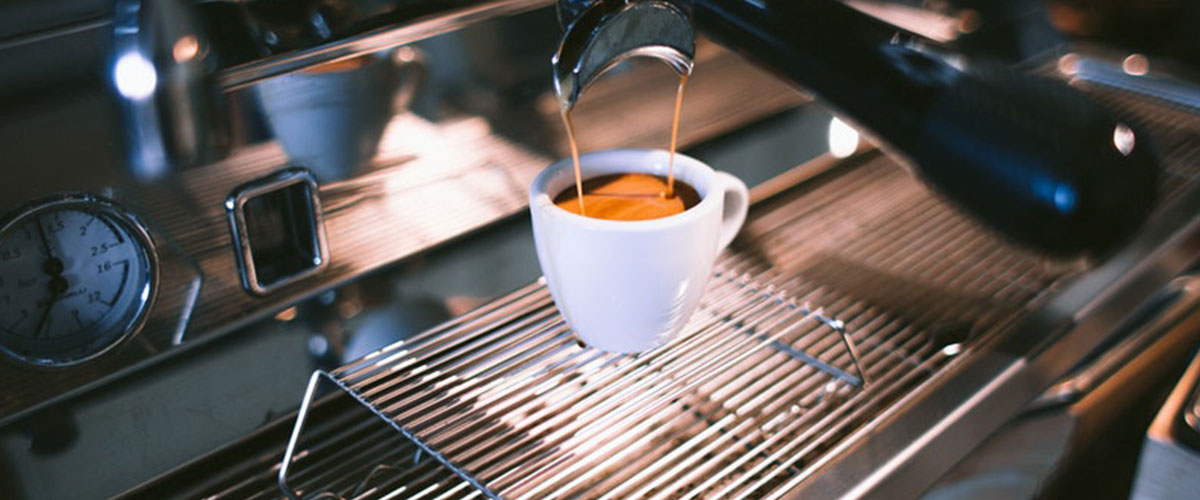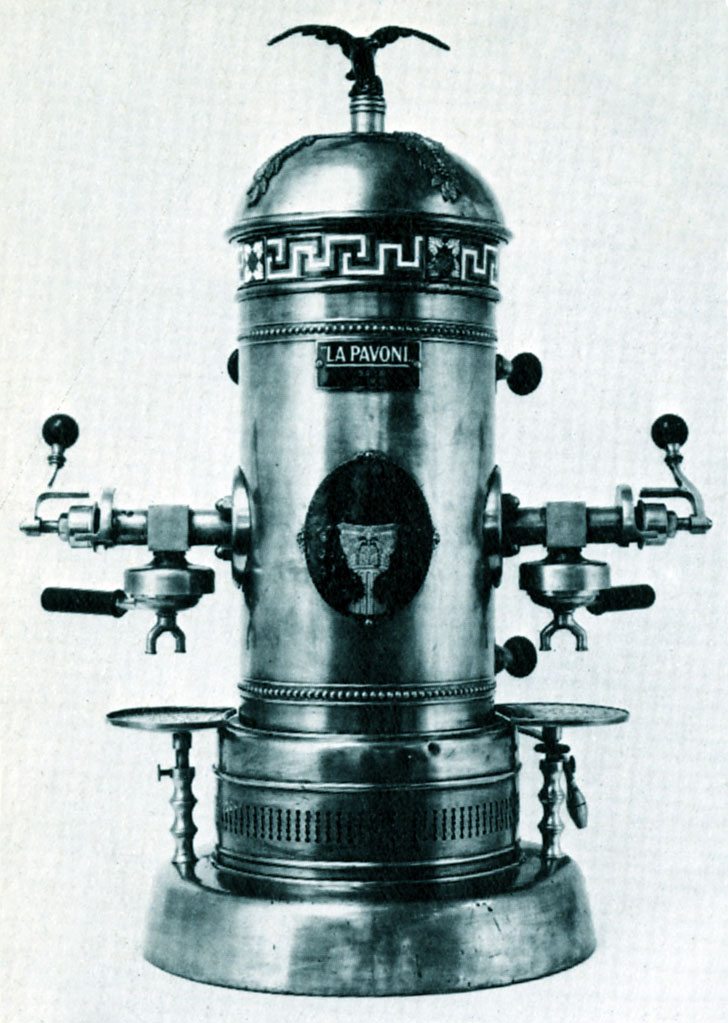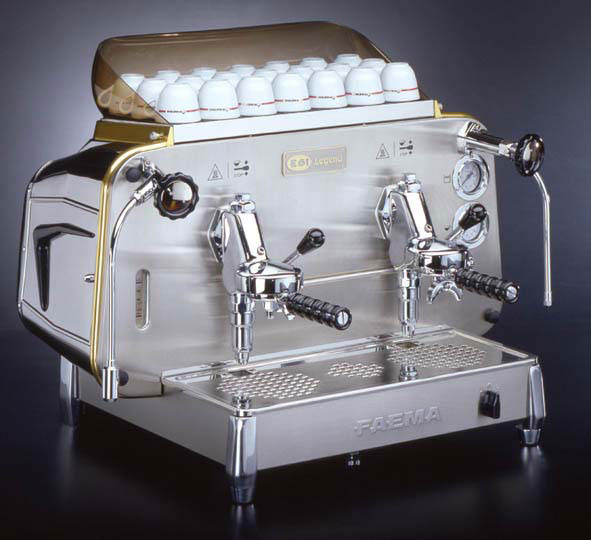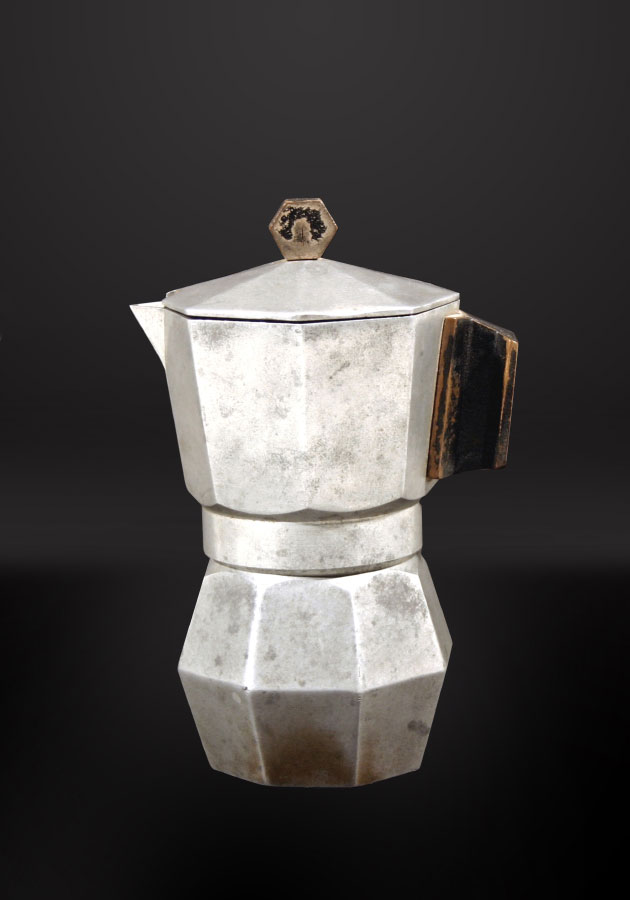
What a scent of story in this coffee!
«A coffee machine on the cooker can fill a whole room».
I tre cavalli, 1999, Erri de Luca
Espresso is the base of every non-filtered kind of coffee, the purest form of this drink, and also the key to understand coffee culture in Italy.
As a matter of fact, it is known all over the world that coffee in our country- and even the act of drinking coffee – is different from anywhere else. It isn’t a mistery that a lot of big American coffee shop chains have opened branches in Italian which were not as succesful as those they have in other countries.
Just to show you how “Italian” coffee is, a lot of tourists who are going to visit Italy, gather information about the best way to drink coffee as a “real Italian”, because they are afraid – but at the same time curious- to open the door of the spiritual house of such a drink.
In short, Italians prefers it “espresso”…
But why are we so bound to our way of drinking coffee?

One of the main reasons why Italy has become Mrs Espresso is that the first real espresso coffee machine was invented by a man from Turin, Mr. Angelo Moriondo.
Moriondo was not the first to experiment with this device; at Paris world’s Fair in 1855 , in the middle of the industrial revolution and with a great desire for innovation, the French Louis Bernard Babaut presented the first espresso machine… which threatened to break out!
At Turin’s expo in 1884, Moriondo had the wonderful idea to introduce not a simple coffee machine, but a device which popped up coffee cups in series, perfectly in line with the new industrial standards.
Anyway, it was only a few years later that the first real espresso machine was born; Luigi Bezzera, from Milan, after revising Moriondo’s original design, showed to all the world his steam coffee machine, which was actually very difficult to use.
In the following years , there would have been several attempts to improve it, from the vertical machine with a gas grill by Desiderio Pavani to the product design by Pier Teresio Arduino.
 Pavoni’s project – 1905
Pavoni’s project – 1905
The espresso machine continued to be difficult to use until 1938, when Gaggia introduced the first pressure machine. In that same period, the fascist trend to make foreign words Italian replaced the well-known barman with barista: the concepts of espresso coffee and of the Italian barista have walked arm in arm since then.
More significant improvements arrived just after World War, with the introduction of the first manual pressure machines and a price range bar owners could easily afford. And then, eventually, came the famous Faema E61, mother of all modern espresso machines.

The first Faema E61, a modern version of which has recently been launched on the market.
But there is not just the espresso!
That’s true and everybody knows. Before bar spread and before the industrial revolution, before Gaggia and Faema, there was the very Italian moka invented by Alfolso Bialetti.
Of course moka isn’t the first coffee machine in history.
The oldest one is ibriq, a high and narrow copper poacher with a long handle which is still used in some Arabian countries. In 1806 Benjamin Thompson patented the first coffee maker with a filter, very popular in the USA and central Europe, and, in Italy once again, the first plunger coffee pot was born.
Another historical coffee maker is the well- known Neapolitan (cuccumella in the local dialect).
Despite its name and distribution, anyway, it was designed by the French Morize, buti it is clear that Italians love coffee far more than their cousins North of the Alps (no coincidence if it was improved by Neapolitan people )
Which of these coffee machines inspired Bialetti’s first moka ?
The washing machine.
Not joking! In the early 1930s , in Italy they used the lisciveuse (from liscivia, the name of a cheap soap), a big pan with a large pipe , which was pierced on the top so as to let out the steam created by boiling water , thanks to which the soap-liscivia- melted. While he was watching his wife doing the laundry, Bialetti had the idea to transform the lisciveuse mechanism in something which could bring espresso coffee in each Italian house.
Bialetti’s project was, in its great simplicity, so perfect that it hasn’t significantly changed for more than 80 years. Concerning its design, the Italian moka is even a collector’s item at Moma in New York.
 Il progetto di Bialetti del 1933 | Fonti: Bialetti
Il progetto di Bialetti del 1933 | Fonti: Bialetti
È ovvio, quindi, che in Italia il caffè si sia evoluto in un modo del tutto diverso rispetto agli altri paesi, mescolandosi con la sua storia e la sua società come poche altre bevande.
Il caffè va oltre il suo sapore: è una pausa, un break della giornata. Difatti è “espresso” per davvero, ed diventato quasi un modo di dire. “Giusto il tempo di un caffè” o “Prendo un caffè e arrivo” sono frasi all’ordine del giorno. Il caffè è anche condivisione, perché spesso viene usato come scusa per organizzare incontri e chiecchierate. “Ci prendiamo un caffè?” è un’altra frase tipicamente italiana.
E poi il caffè è discussione. Oh, sì: il caffè italiano è continuamente sottoposto al giudizio dei clienti. Troppo amaro, troppo dolce, troppo alto, troppo ristretto, con poca crema, con molta crema…
Rinunciare a un caffè, per gli italiani, è impensabile.
